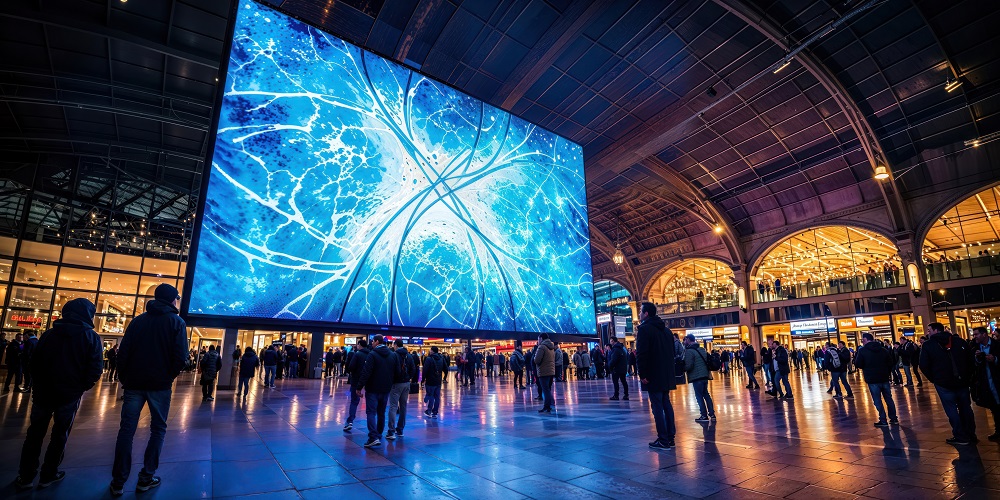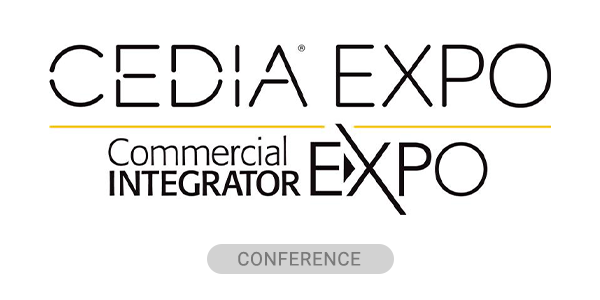Let’s start by considering two seemingly very different and unrelated things:
Firstly, up until now business music has been merely meant to cover awkward silences in public spaces. For all of us musicians, this is a sad reality. The rise of Muzak (and muzak as a generic term) in the second half of the 20th century led to inoffensive, anodyne royalty-free background music that served as an aural anesthetic to similarly visually bland spaces. Late in the last century, there was a rise in the use of named musicians playing music that people actually wanted to hear, and this was aided by the first wave of music streaming services in the early 2000s, leading to easier access to a huge catalogue of music.
Since then, the advent of an increasingly playlist-led return to aural unconsciousness, led by the major streaming services, is a deeply worrying trend, reinforced by the rise in AI-generated themed ‘muzak 2.0’ and PFC (Perfect Fit Content – if you don’t know what that is, look it up. It will shock you).
Secondly, in today’s world, division and polarization is rife across the world and across subjects. Unchecked, this leads to intolerance and ultimately it can and maybe will lead to violence, insurrection and ultimately war.
Understanding Intentionality of Music
How are these two things linked?
Intentionally curated audio (usually music but sometimes soundscapes of other kinds) is leading the way as we now look to creative immersive, compelling physical spaces of all kinds — retail, hospitality, workplace, education, healthcare and more — to bring people together and get them back into public places and talking to each other again.
The key to these spaces is creating environments that aren’t available in your own home. The act of bringing people together physically can reduce division and increase understanding. It is much more difficult to be cruel to someone to their face than to leave an offensive anonymous social media comment.
Why Engagement Matters
Of course, great architecture and interior design is an excellent start and innovative visual technology backs this up, but all these things only engage one of our senses, the sense that we’ve used exclusively since business began, the sense of sight. The key to true engagement is the addition of one or more congruent sensory inputs as shown by the following statistics relating to multi-modal stimuli in comparison to a single sense stimulus:
- Attention and engagement increase by 25 to 40%
- Brain activity (as measured by fMRI/EEG) increases by 35 to 50%
- Emotional responses increase by 30 to 40%
In a business environment in which large companies spend tens of millions of dollars to change customer behavior by low single digit percentages, these figures are truly compelling.
The Power of Sound and Sight
Which sense should we choose to augment the default use of the sense of sight? As I’m writing this article as a musician writing for a magazine in the audiovisual industry, it comes as no shock to hear that I would advocate for this to be the sense of sound. Backing this up however are a number of powerful arguments:
- The sense of sound is the only one that we can’t turn off — we have no “ear lids.”
- The sense of sound travels through the air (like the sense of smell) — you don’t have to make an effort to touch or taste something.
- The sense of sound is safe — no medical disease is transmitted (that I know about) through the sense of sound.
Now that we have got people together in these delightful immersive environments, we have a responsibility to keep them safe. The first way that sound helps this is that it is a ‘safe’ sense as mentioned above. Secondly, and just as importantly, in an emergency situation, reaction times are 10 to 30% faster if we add an aural component to visual alarm signals and the use of clear spoken word messaging has been shown to reduce confusion and speed evacuation times.
Making the Case for Immersive Environments
One of the sectors that I mentioned above being impacted by immersive environments is education, and studies show that memory and retention is improved by 25 to 40% by adding two congruent sensory stimuli together. Multi-sensory experiential learning environments are a powerful future trend.
All of this is theoretical, but I was told by the largest system integrator in the world that their experience technology group is involved in all of the largest projects that they do. At a time when the AV industry is rushing down a UCC rabbit hole of reducing product differentiation, increasing commoditization and consequently reducing margins, we might want to raise our eyes and look around us for inspiration in immersive environments.
The Sphere has become as talked about in our industry as ChatGPT was in late 2023 and hopefully this will elevate a to more general conversation about experiential design in the same way as the AI conversation emerged. Looking beyond The Sphere, we see a whole host of amazing projects worldwide (including some of my favorites from the crazy but brilliant Teamlab artist collective in Japan) with so much more to come.
Final Thoughts
I predict that commodity UCC deployments will pass from the AV realm to that of IT and the value that we can bring to experiences is the hope of a buoyant future AV industry. As we seek to bring new, bright young talent into our industry to replace old guys like me, we must learn to entice them with the glamour of experiences rather than boring them with the drudgery of soundbars and displays in huddle rooms.
Finally, as I advocate for audio in all of this, I would like to recommend “Sound Affects,” the wonderful new book by my dear and inspiring friend Julian Treasure. It is a love letter of all things sound related and should be required reading by everyone in our industry.
Graeme Harrison is VP and general manager at Bluesound Professional.













